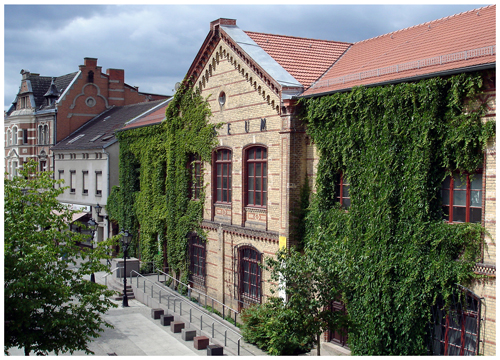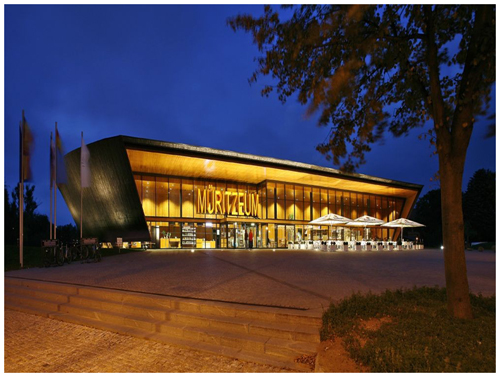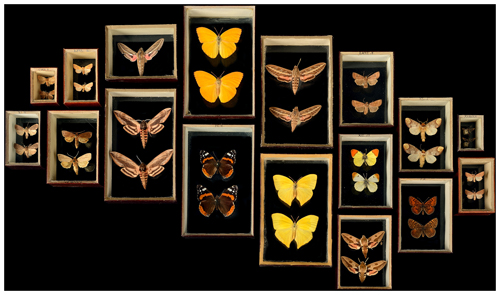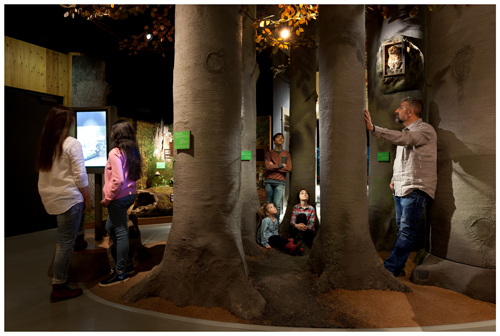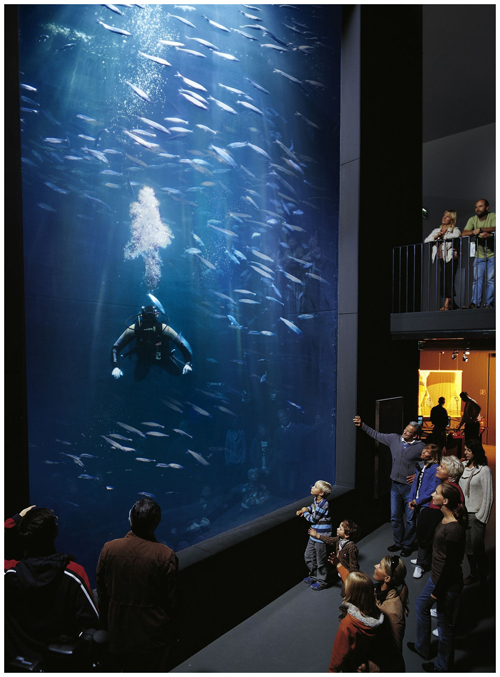Günther, A.: Die Geologische Sammlung im Müritzeum in Waren
(Müritz), Neubrandenburger Geologische Beiträge, 10, 131–144, 2010.
Günther, A. and Küster, M.: Gesteinssammlungen aus dem Strelitzer
Land im Müritzeum, in: Zur Geologie und Landschaft
des Strelitzer Landes, edited by: Naturschutzbund Deutschland
e.V., Regionalverband Mecklenburg Strelitz, Labus – Sonderheft 25, Phönix Multimedia, Neustrelitz, Germany, 148–154, 2018.
Küster, M.: Neue Impulse in der Dauerausstellung des Müritzeums
2018, Mitteilungen des Museumsverbandes Mecklenburg-Vorpommern, 27.
Jahrgang, 48–49, 2018a.
Küster, M.: Eine neue Brutinsel im Herrensee – aktiver Vogelschutz im
Müritzeum, Mitteilungen des Museumsverbandes Mecklenburg-Vorpommern, 27.
Jahrgang, 46–47, 2018b.
Küster, M. and Günther, A.: Aspekte zum Ichnofossil Ophiomorpha nodosa anhand eines
norddeutschen Geschiebes, Geschiebekunde aktuell, 32, 113–119, 2016.
Schemschat, L.: Neues über die Käfersammlungen des Müritzeums in
Waren (Müritz) (Coleoptera: Cerambycidae), Virgo, 19. Jahrgang, Heft 1,
33–35, 2017.
Seemann, F. and Seemann R.: Katalog der Vogelsammlung des Müritzeums,
Präparate, Eier, Skelette, Rupfungen, Veröffentlichungen der
Naturhistorischen Landessammlungen für Mecklenburg-Vorpommern im
Müritzeum, 18, 270 pp., 2011.
Seemann, R.: Waren: Müritzeum with the Natural History Collections for
the State of Mecklenburg-Vorpommern, in: Zoological
Collections of Germany – The Animal Kingdom in its Amazing Plenty at
Museums and Universities, edited by: Beck, L. A., Springer Nature, Cham, Switzerland, 647–658, 2018a.
Seemann, R.: Fundstücke – Seltene Druckwerke im Bestand der
Naturhistorischen Landessammlungen für Mecklenburg-Vorpommern, Archiv
Natur und Landeskunde Mecklenburg-Vorpommern, 55, 54–69, 2018b.
Seemann, R.: “Zwar weiß ich viel, doch will ich alles wissen...” – Die Geschichte(n) hinter den Sammlungen, Mitteilungen des
Museumsverbandes Mecklenburg-Vorpommern, 27. Jahrgang, 16–20, 2018c.
Thiele, V., Blumrich, B., Gottelt-Trabandt, C., Schuhmacher, S., Eisenbarth,
A., Berlin, A., Deutschmann, U., Tabbert, H., Seemann, R., and
Steinhäuser, U., in cooperation with: Büsch, S., Duvekot, D.,
Schlomm, M., and Höfs, C.: Verbreitungsatlas der Makrolepidopteren
Mecklenburg-Vorpommerns, Allgemeiner Teil und Artengruppen der
Blutströpfchen, Schwärmer, Bären und Spinnenartigen, edited by: Landesamt für Umwelt, Naturschutz und Geologie Mecklenburg-Vorpommern and biota – Institut für ökologische Forschung und Planung GmbH, Steffen Media GmbH, Friedland, Berlin, Germany, 352 pp., 2018.
Ukkonen, P., Aaris-Sørensen, K., Arppe, L., Clark, P. U., Daugnor, L.,
Lister, A. M., Lõugas, L., Seppä, H., Sommer, R. S., Stuart, A. J.,
Wojtal, P., and Zupin, I.: Woolly mammoth (Mammuthus primigenius Blum.) and its environment in northern Europe during the last glaciation, Quaternary
Sci. Rev., 30, 693–712, 2011.






